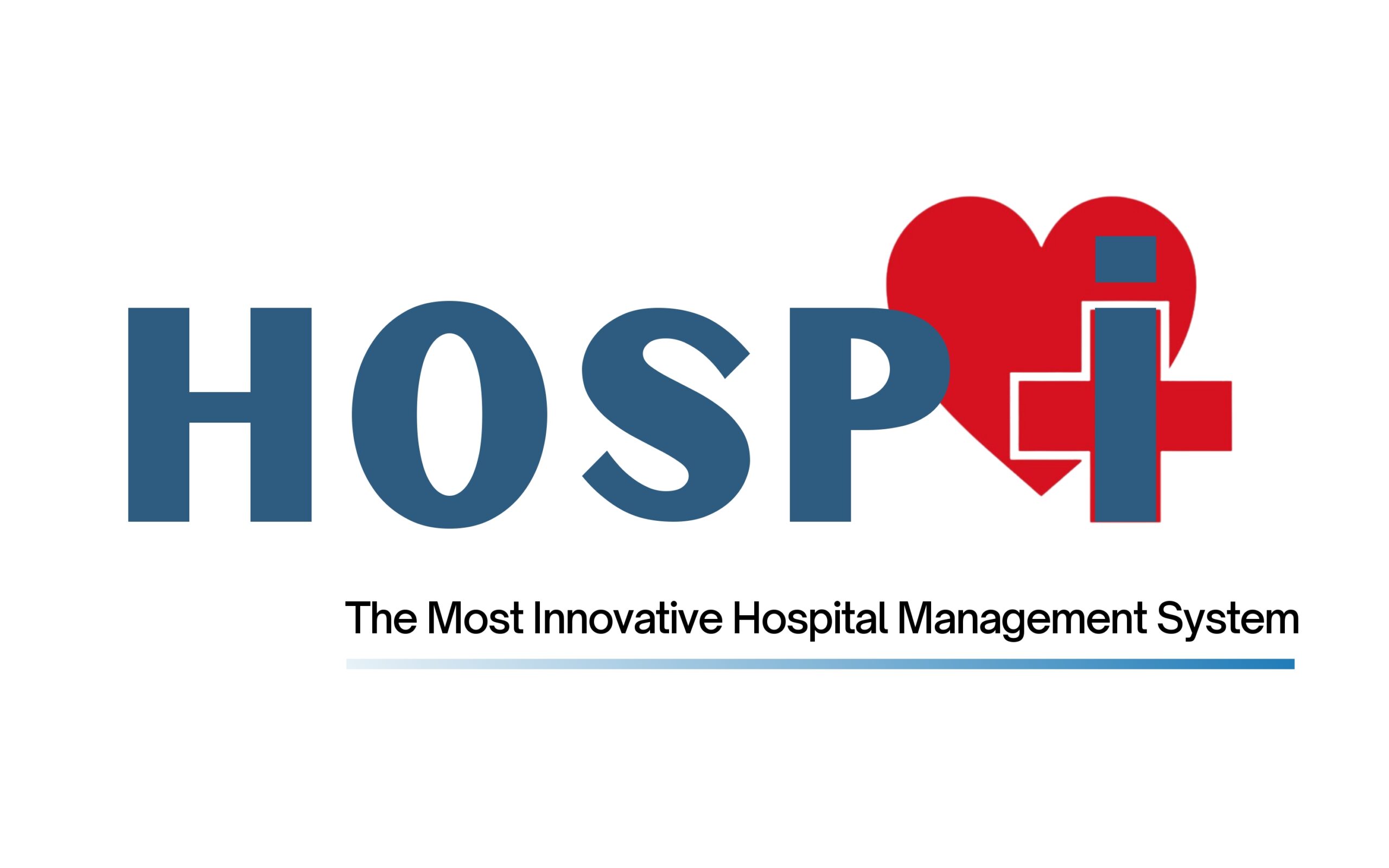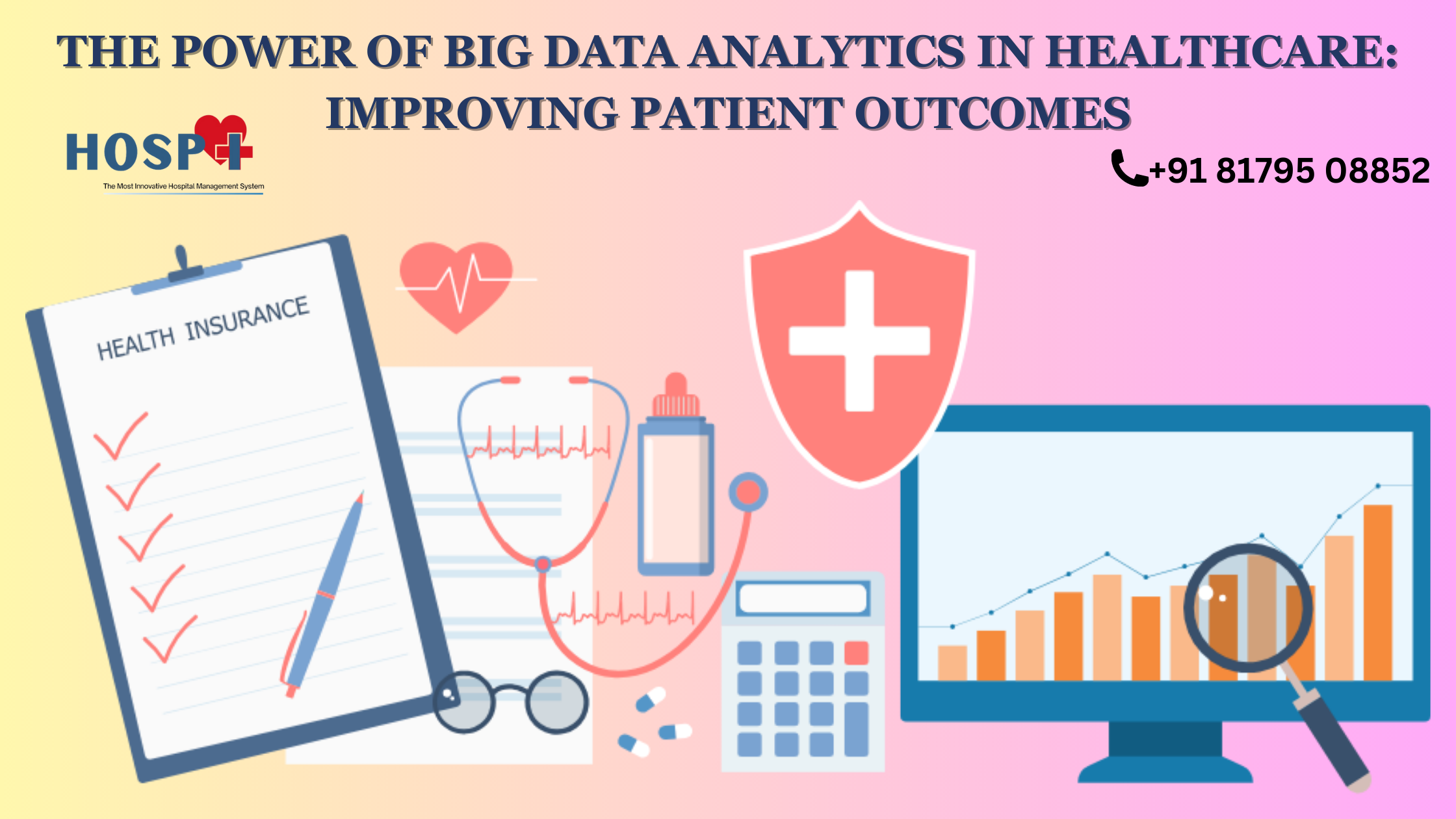In recent years, the healthcare industry has witnessed a significant revolution driven by the power of big data analytics in healthcare. Data analytics, the science of examining raw data to uncover patterns and draw meaningful insights, has transformed the way healthcare providers deliver patient care. By harnessing the vast amounts of health-related data available, professionals can now make informed decisions, optimize treatment plans, and improve patient outcomes like never before. This article explores the pivotal role of data analytics in healthcare and how it contributes to enhancing patient outcomes.
Enhanced Decision-Making
One of the key benefits of data analytics in healthcare is its ability to provide healthcare professionals with timely, accurate, and relevant information to make informed decisions. By analyzing vast volumes of patient data, such as electronic health records (EHRs), medical imaging, and genetic information, data analytics can identify patterns and trends that may not be apparent to human observers. These insights enable healthcare providers to diagnose diseases earlier, identify high-risk patients, and recommend personalized treatment plans tailored to each individual’s unique needs. Consequently, healthcare professionals can make more accurate diagnoses, prescribe appropriate medications, and reduce the occurrence of medical errors, ultimately leading to improved patient outcomes.
Predictive Analytics for Proactive Care
Data analytics also plays a crucial role in predictive analytics, which helps healthcare providers anticipate and mitigate potential health risks before they escalate into serious conditions. By analyzing historical patient data, such as medical histories, demographics, lifestyle factors, and genetic predispositions, predictive analytics models can identify individuals at higher risk of developing specific diseases or complications. This information enables healthcare professionals to intervene early, provide proactive care, and implement preventive measures to mitigate the risks. For instance, data analytics can help identify patients with a high likelihood of readmission, allowing healthcare teams to implement appropriate interventions, reducing readmission rates and improving patient recovery outcomes.
Optimizing Treatment Plans
Data analytics empowers healthcare providers to optimize treatment plans and improve patient outcomes by ensuring that interventions are tailored to individual patients’ needs. By analyzing large datasets and comparing treatment outcomes across a range of variables, data analytics helps identify the most effective treatment approaches for specific patient populations. This analysis takes into account factors such as patient demographics, medical history, genetics, and responses to previous treatments. As a result, healthcare providers can personalize treatment plans, optimize medication dosages, and predict treatment responses, improving overall patient outcomes while minimizing adverse effects.
Real-Time Monitoring and Intervention
Data analytics enables real-time monitoring of patient health metrics, enabling healthcare professionals to intervene promptly when necessary. Through wearable devices, remote patient monitoring, and IoT-enabled medical devices, healthcare providers can collect and analyze real-time data on patients’ vital signs, symptoms, and overall health status. This constant stream of data allows healthcare teams to identify critical changes in patient conditions and intervene promptly to prevent deterioration or adverse events. By combining data analytics with artificial intelligence (AI), healthcare professionals can develop predictive algorithms that alert them to potential emergencies, reducing response time and ultimately saving lives.
Improving Population Health Management
Data analytics plays a vital role in population health management, which focuses on improving the health outcomes of an entire population rather than individual patients. By aggregating and analyzing data from multiple sources, such as electronic health records, public health databases, and social determinants of health, healthcare providers can gain insights into population health trends, risk factors, and disease patterns. These insights enable healthcare organizations to develop targeted interventions, implement preventive measures, and allocate resources more efficiently. By addressing the specific needs of different population segments, healthcare providers can improve health outcomes on a larger scale and reduce healthcare disparities.
Conclusion
The significance of data analytics in the healthcare field cannot be overstated.. From enhancing decision-making and optimizing treatment plans to predicting health risks and improving population health management, data analytics has transformed the way healthcare is delivered. By leveraging the vast amounts of health-related data available, healthcare professionals can uncover valuable insights, improve diagnoses, and deliver personalized care. As data analytics continues to evolve, the potential to improve patient outcomes and revolutionize healthcare will only grow stronger. Embracing data analytics is essential for healthcare organizations to provide efficient, effective, and patient-centered care in the modern era.



